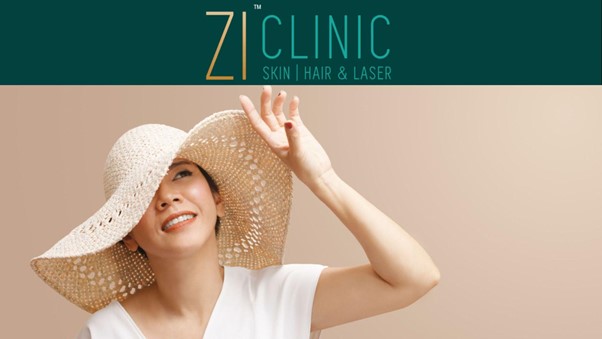Enjoy the Sun, Skip the Sunspots
The sun, our brilliant source of light and warmth, has inspired poetry, art, and science for millennia. It’s essential for life on Earth, powering photosynthesis, regulating weather patterns, and setting our circadian rhythms. However, while the sun is a constant source of fascination, it also has a darker side—its UV rays. These rays can lead to sunspots, premature aging, and, most concerningly, skin cancer. In this blog, we’ll explore how to love the sun without suffering from its negative effects.
Understanding UV Radiation
Ultraviolet (UV) radiation is the primary cause of sunspots and other skin issues. The sun emits three types of UV rays: UVA, UVB, and UVC. UVA rays can penetrate deep into the skin, causing premature aging and wrinkles. UVB rays are responsible for sunburns and play a key role in developing skin cancer. UVC rays are largely absorbed by the Earth’s atmosphere and don’t pose a risk to us.
To enjoy the sun safely, you need to protect yourself from UVA and UVB rays. Here’s how:
Shielding Yourself from UV Radiation
1. Sunscreen is Your Best Friend
One of the most effective ways to protect your skin from UV radiation is to use sunscreen. Choose a broad-spectrum sunscreen with an SPF of at least 30. Broad-spectrum means it protects against both UVA and UVB rays. Apply sunscreen generously to all exposed skin, and don’t forget commonly missed areas like the tops of your ears, the back of your neck, and your hands.
Reapply sunscreen every two hours or more frequently if you’re swimming or sweating. Make it a habit to apply sunscreen every day, even on cloudy days, as UV rays can penetrate clouds.
2. Wear Protective Clothing
In addition to sunscreen, consider wearing protective clothing when spending extended periods in the sun. Long-sleeved shirts, pants, wide-brimmed hats, and sunglasses with UV protection can help shield you from harmful rays. Some clothing is designed with UPF (Ultraviolet Protection Factor) to offer extra protection.
3. Seek Shade
When you’re outdoors, look for shade, especially during peak sun hours between 10 a.m. and 4 p.m. Trees, umbrellas, and canopies are excellent sources of shade. This doesn’t mean you have to avoid the sun entirely—just be mindful of the times when UV radiation is at its strongest.
Why It’s Important to Avoid Sunspots
Sunspots, or age spots, are flat, dark patches on the skin caused by sun exposure. They can appear on the face, hands, shoulders, and other areas frequently exposed to the sun. While sunspots are generally harmless, they can be unsightly and are a sign of skin damage.
More concerning than sunspots, however, is the risk of skin cancer. Prolonged exposure to UV rays can lead to basal cell carcinoma, squamous cell carcinoma, or melanoma, the deadliest form of skin cancer. By protecting yourself from UV radiation, you’re reducing your risk of developing these conditions.
Embracing the Sun Safely
The sun is a source of joy and vitality, providing us with vitamin D and encouraging outdoor activities that are good for our health. By taking precautions, you can enjoy the sun without the negative consequences of sunspots and skin cancer. Use sunscreen, wear protective clothing, and seek shade to ensure you’re making the most of sunny days without putting your health at risk.
So, go ahead and embrace the sun—but do it safely. With a few simple steps, you can bask in its warmth without worrying about the side effects.
